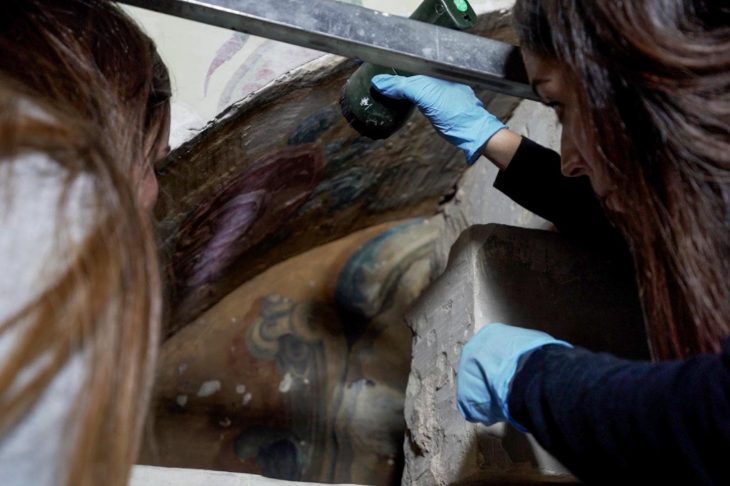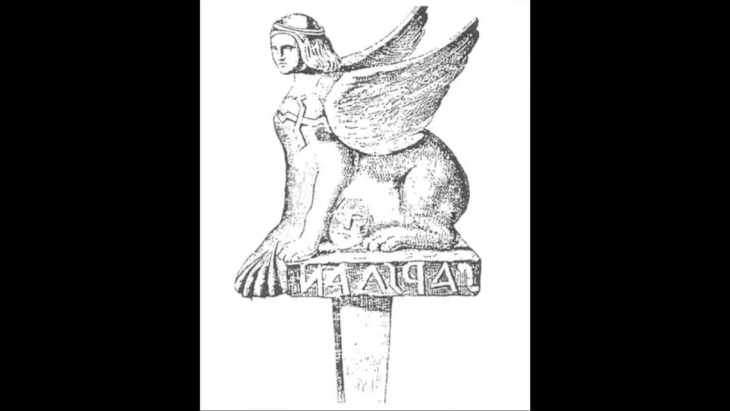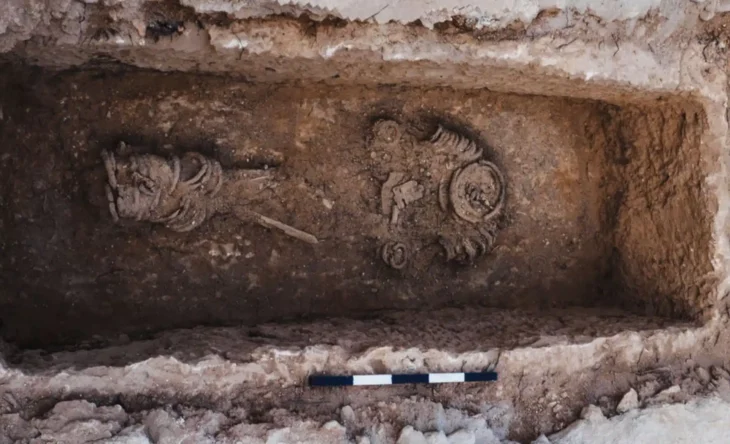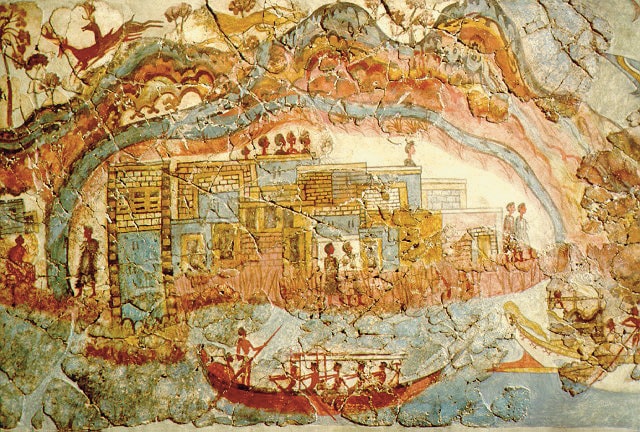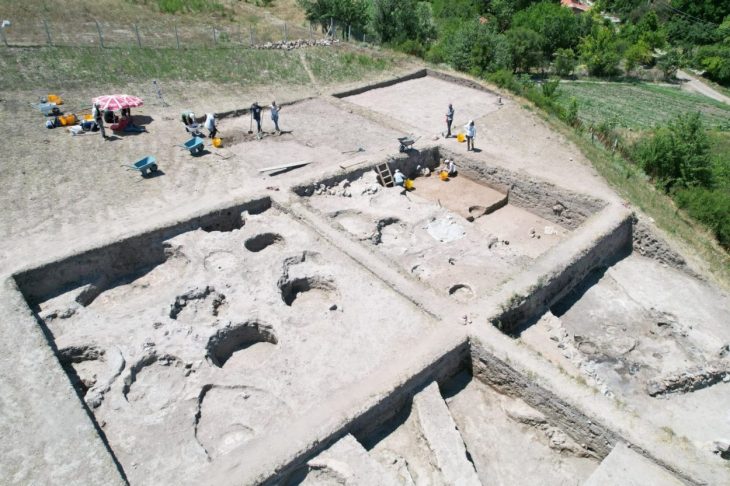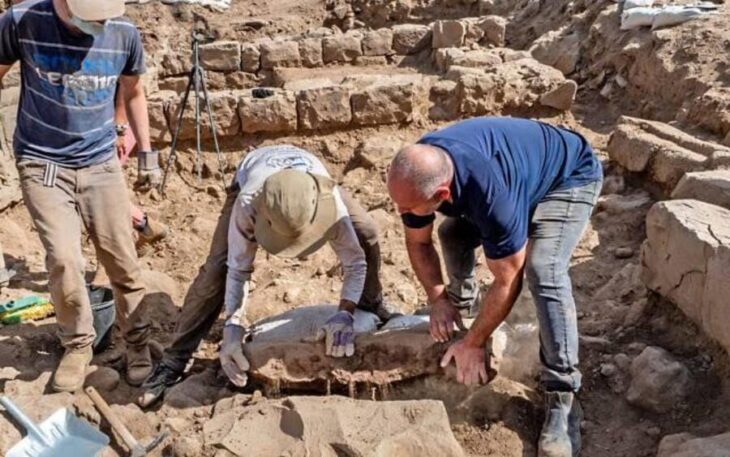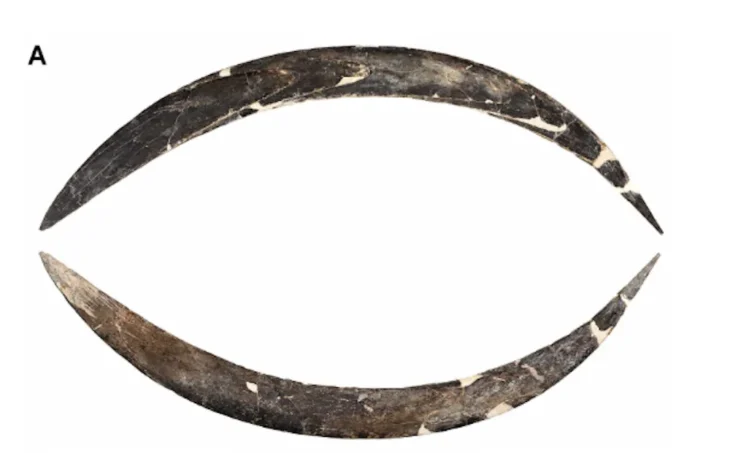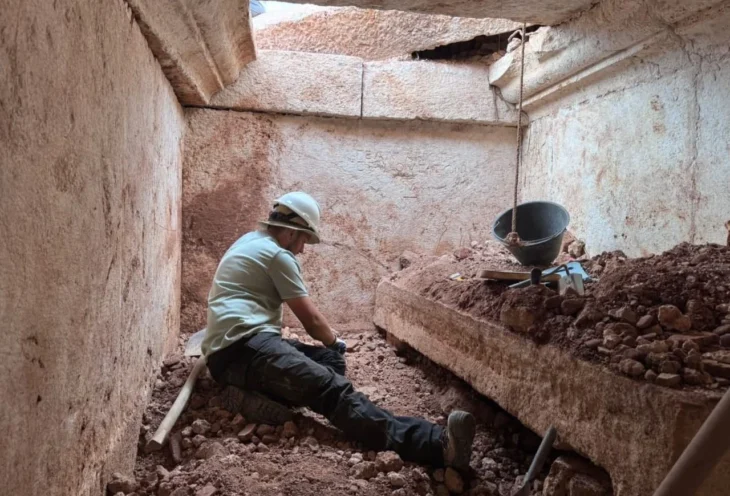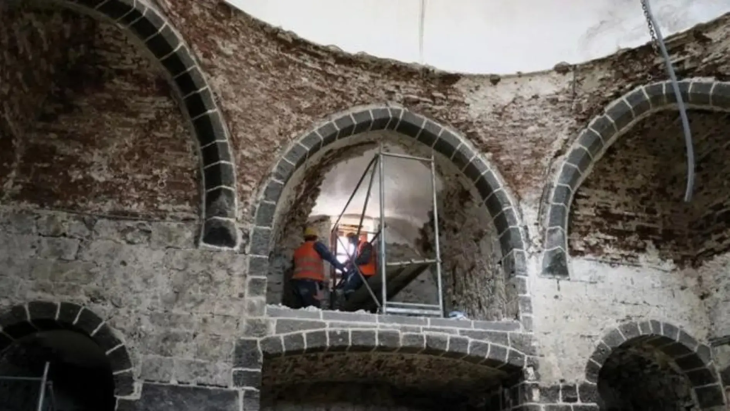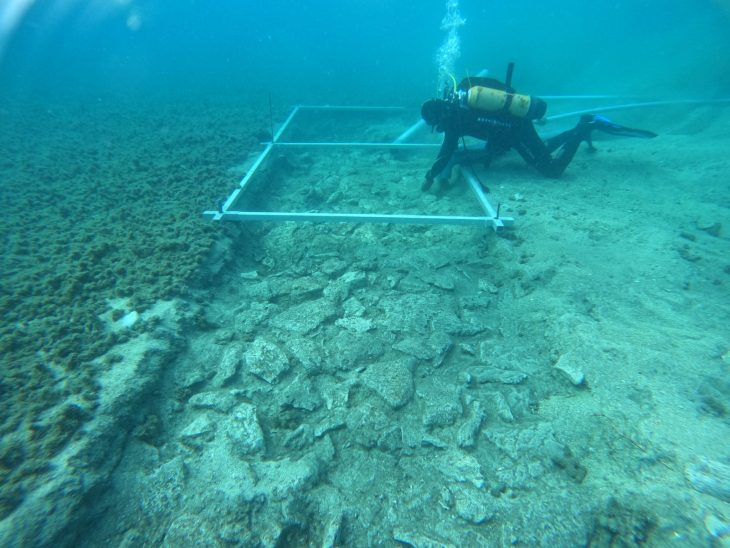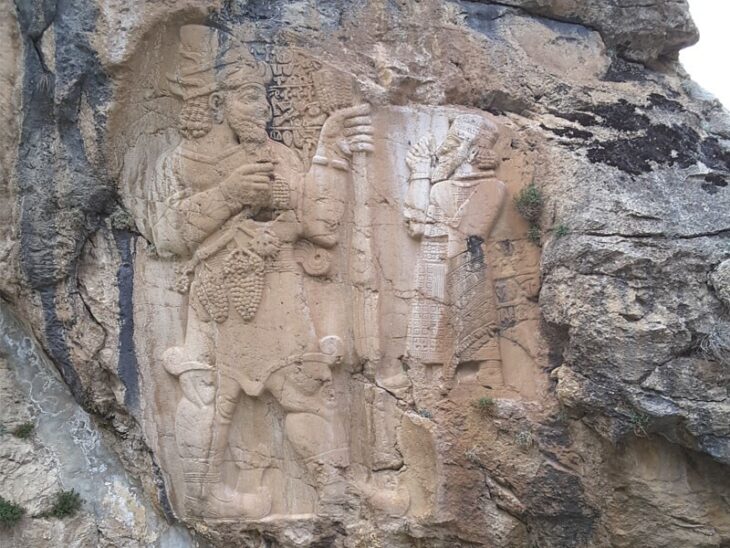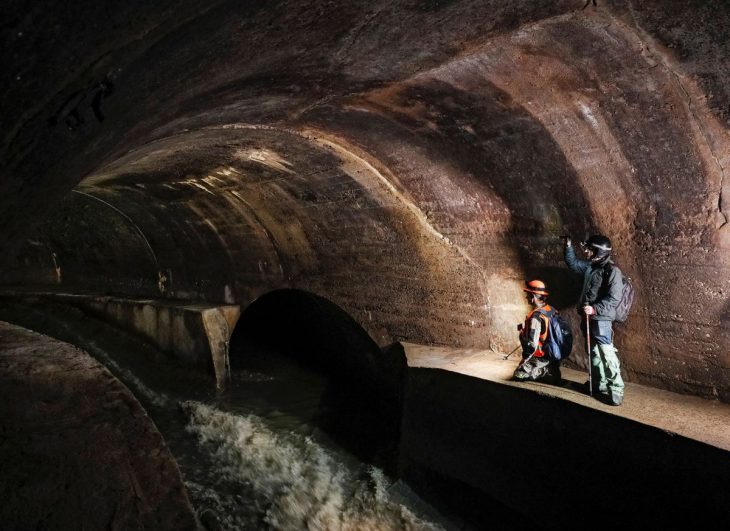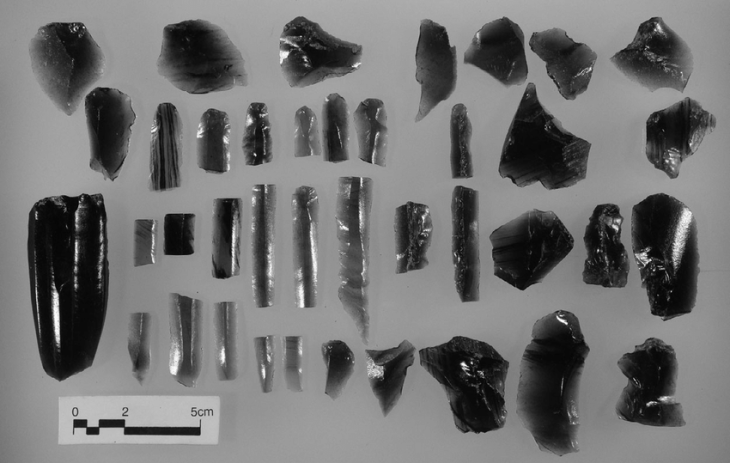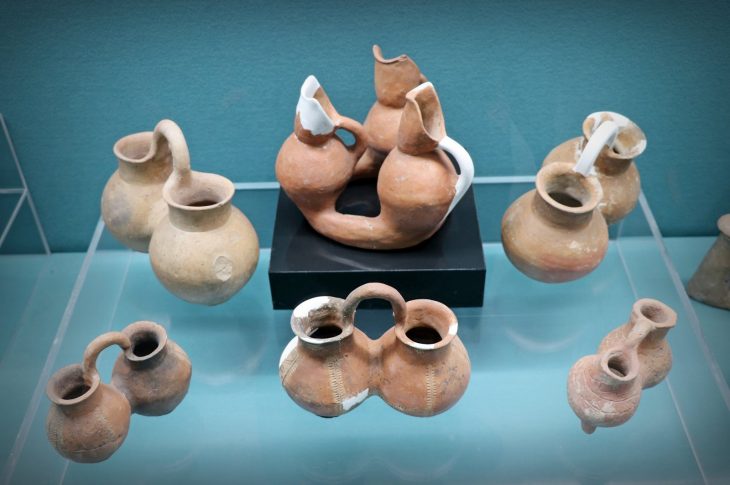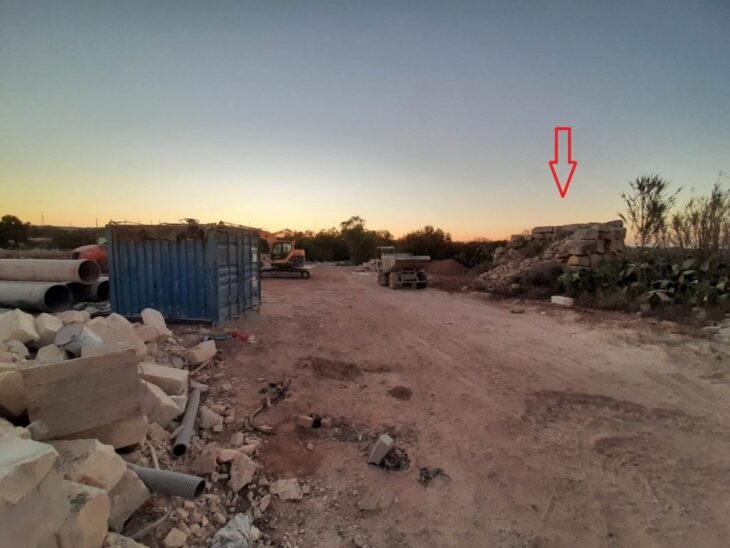Bar-Ilan University researchers shed “unprecedented light” on Philistine ritual practices, such as the use of psychoactive and medicinal plants, by analyzing plant seeds and fruits from two temple excavation sites in Tell es-Safi/Gath, central Israel.
The enigmatic Philistine culture, which flourished during the Iron Age (ca. 1200-604 BCE), profoundly affected the southern Levant’s cultural history, agronomy, and dietary customs. More than a quarter century of excavations at Tell es-Safi/Gath in central Israel, identified as the biblical Gath of the Philistines and the home of Goliath, has provided a unique window into the world of this ancient civilization.
In the systematic excavation project of the temple area in the lower city of Gath, a team from Bar-Ilan University in Israel, led by Prof. Aren Maeir (archaeology) and Prof. Ehud Weiss (archaeobotany), has overseen the reconstruction of the plants used in Philistine rituals. Tel Zafit (Gath of the Philistines) is a national park under the auspices of the Israel Nature and Parks Authority.
The new study published in Scientific Reports contributed “valuable new data” on the Philistine way of life, positing a connection to broader Mediterranean and specifically Greek religious traditions, through the practices and plants found in the area.
Dr. Suembikya Frumin, under Prof. Ehud Weiss’s supervision, studied Philistine plant use in their temples as part of her PhD project. Together with Dr. Amit Dagan, Maria Eniukhina, and Prof. Aren Maeir, they delved into the plant assemblages discovered within the temples’ precincts, uncovering a wealth of information regarding the significance of various plant species in Philistine religious rituals. Through meticulous examination and quantitative and qualitative analysis of the types of plants used, the timing of their harvest, modes of offering, and potential symbolic significance, the researchers pieced together a clearer picture of the Philistine approach to spirituality.
📣 Our WhatsApp channel is now LIVE! Stay up-to-date with the latest news and updates, just click here to follow us on WhatsApp and never miss a thing!!
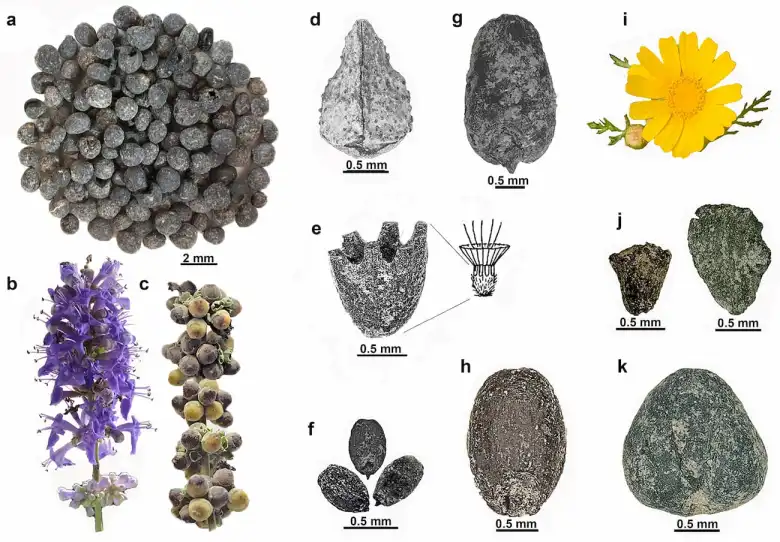
Dr. Suembikya Frumin, manager of the Archaeobotany Laboratory at Bar-Ilan University and the study’s lead researcher, noted, “One of the most significant findings is the identification of earliest known ritual uses of several Mediterranean plants, such as the lilac chaste tree (Vitex agnus-castus), crown daisy (Glebionis coronaria), and silvery scabious (Lomelosia argentea). These widespread Mediterranean plants connect Philistines with cultic rituals, mythology and paraphernalia related to early Greek deities, such as Hera, Artemis, Demeter, and Asclepios. In addition, plants with psychoactive and medicinal properties in the Philistine temples reveal their use for cultic activities. The study revealed that the Philistine religion relied on the magic and power of nature, such as running water and seasonality, aspects that influence human health and life.”
Moreover, analysis of the temples’ seeds and fruits provided valuable insights into the timing of rituals, with the importance of the early spring for temple rites, and the date of the final utilization of the temples — and their destruction by Hazael of Aram – which occurred in late summer or early fall. The seasonal aspect of Philistine religious practices underscores their deep connection to the natural worlds and the cycles of agriculture.
Prof. Ehud Weiss, Director the Archaeobotany Laboratory at Bar-Ilan University and co-author of the study, commented, “Our findings challenge previous understandings of Philistine ritual practices and offer a fresh perspective on their cultural practices, and the connections between Philistine culture and broader Mediterranean religious traditions. By examining the plants they used in ritual contexts, we better understand how the Philistines perceived and interacted with the world around them.”
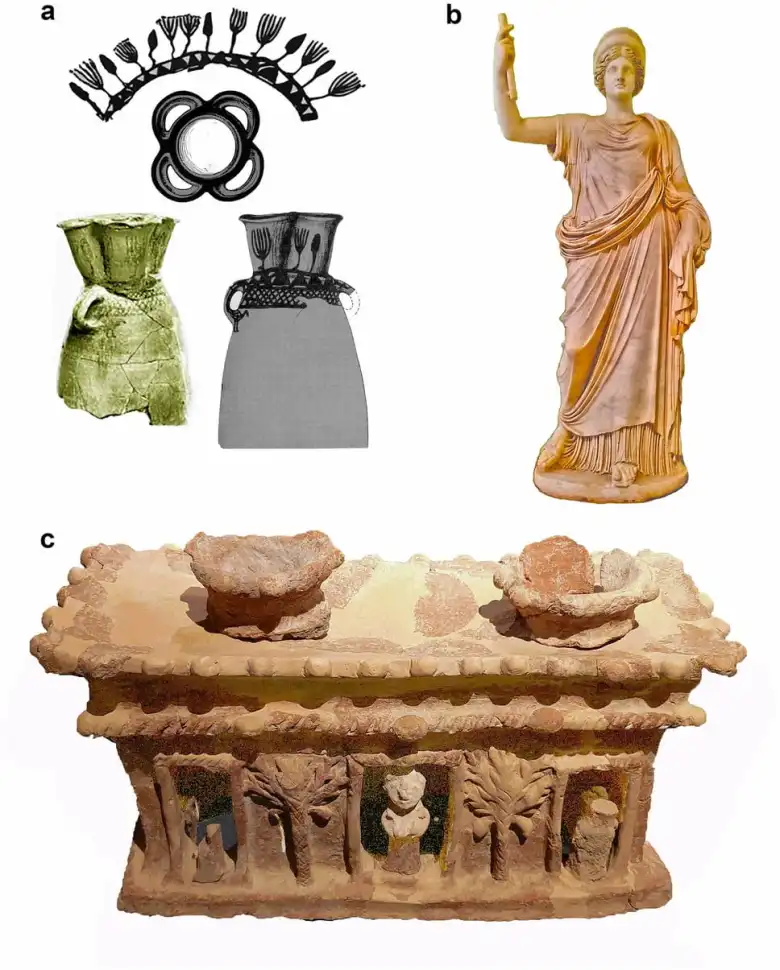
Furthermore, the study proposes intriguing parallels between Philistine and Aegean ceremonial practices. The discovery of loom weights (an apparatus used for fabric production) within Philistine temples, a common feature in Aegean cult locations associated with Hera, further strengthens the hypothesis of cultural exchange and influence between the two regions.
“These findings open up new avenues for research into the cultural and religious interactions between the Philistines and neighboring regions,” added study co-author Prof. Aren Maeir, of Bar-Ilan University’s Martin (Szusz) Department of Land of Israel Studies and Archaeology, who has directed the excavations at Tell es-Safi/Gath for more than 25 years. “By employing advanced quantitative and qualitative analyses of plant assemblages, we have deepened our understanding of ancient cultic practices and their significance in the broader Mediterranean world.”
The Bar-Ilan University team’s discovery of the spiritual landscape of the Philistines has not only given us priceless historical insights, but it has also served as a reminder of the ongoing ability of archaeological research to both challenge and deepen our understanding of human history.
Cover Photo: Prof. Aren Maeir


